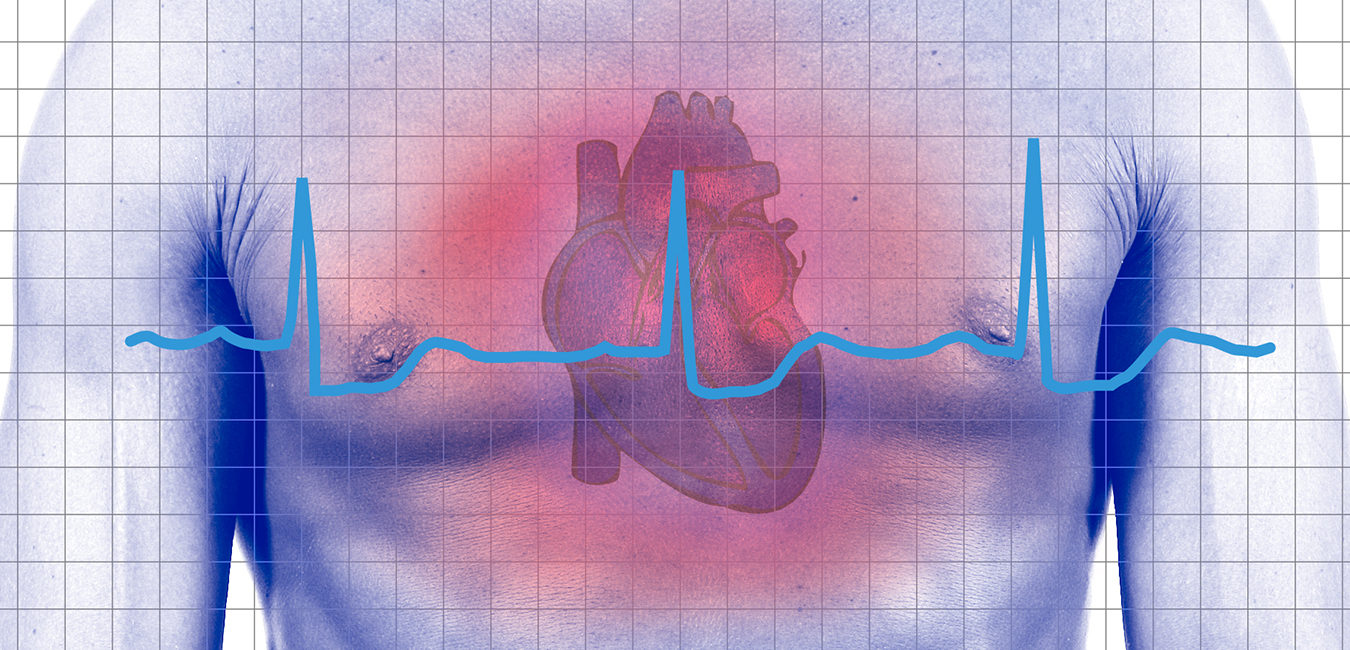Silent and Deadly: The Growing Danger of Symptomless Heart Attacks
A heart attack can be a vital wake-up call for people with cardiovascular disease—a chance to embrace radical changes to improve heart health, and if medical help is sought quickly, even avoid heart damage.
But what if the heart attack goes undetected because there are no symptoms? According to alarming new research published in the journal, Circulation, these “silent” heart attacks are surprisingly common, accounting for as much as 45 percent of all heart attacks. In the study, which followed almost 9,500 people for approximately 8 years, men were more likely to experience a symptomless heart attack, while women were more likely to die from one.
Silent heart attacks may cause less commotion, but they are no less harmful than those that send people to the ER with chest or back pain, pressure, nausea, weakness, or any of a number of other symptoms. People who had a silent heart attack, researchers reported, had a three-fold greater risk of death from cardiovascular disease and a 34 percent increased risk of death overall.
Silent heart attacks may not be detected for months or even years afterward, time that represents missed opportunities for treatment and better health habits. The resulting damage to heart muscle can lead to heart failure and dangerous abnormal heart rhythms.
Meanwhile another new study in the American Heart Journal has identified an important predictor for silent heart attacks: elevations in fasting blood sugar or glucose levels. In the study, which involved more than 6,800 people, those with impaired fasting glucose levels had a higher incidence of heart attacks and showed a strong tendency toward silent heart attacks, possibly due to the effects of early nerve damage suppressing the pain typically experienced during a heart attack.
Silent heart attacks pose a serious challenge. The new data suggests that many people are unknowingly courting cardiovascular catastrophe and could benefit from metabolic tests and enhanced heart assessment tools. These include tests to identify the presence of damage to the endothelial lining of blood vessels, such as ADMA/SDMA and Microalbumin, hsCRP, which detects general inflammation, Lp-PLA2, an enzyme that measures disease activity in artery walls, and MPO, which assesses the body’s response to a damaged endothelium.
A multi-marker approach can be particularly valuable for evaluating heart health in seemingly healthy people as well as those at high risk for a recurrent heart attack or death from cardiovascular causes. The latest study from the Journal of the American Heart Association showed that combining tests for three markers of risk, including MPO, helped identify patients at twice the risk of cardiovascular related death or heart failure within 30 days post-heart attack.
Given all the new data, it’s clear that many patients require more than the standard heart disease assessment to understand their true risk. Tests of the complex factors affecting the health of the heart and blood vessels may play an invaluable role in detecting damage and predicting future events—information that can save patients’ lives.

